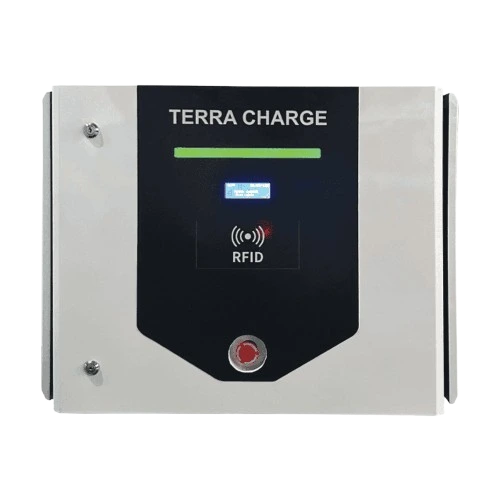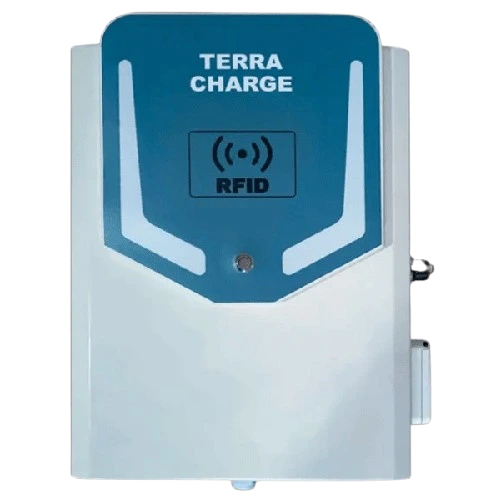Electric fleets consist of vehicles powered by electricity, such as cars, trucks, vans, or buses. Their popularity is growing as businesses seek environmentally friendly solutions, cost savings on fuel, and enhanced corporate image.
Why Choose Electric Fleet?
Several reasons make electric vehicles an appealing choice for your fleet:
- Emissions reduction: Electric vehicles emit less greenhouse gases, that helps in improving air quality and reducing carbon footprint.
- Cost-effectiveness: As per the department of energy, operating an electric vehicle is approximately one-third cheaper than a gas-powered vehicle.,
- Enhanced performance: Electric vehicles offer instant torque and rapid acceleration which is ideal for urban stop-and-go driving.
- Positive image: Opting for electric vehicles showcases a dedication to sustainability and environmental stewardship.
Related Articles:
Things to Consider When Building Your Electric Fleet
Considering establishing an electric fleet for your business? EVs are gaining popularity among fleet managers for environmental advantages, reduced fuel expenses, and potential maintenance savings. However, initiating an electric fleet, especially from the ground up, can be a complex endeavor. Here are five considerations when embarking on building your electric fleet:
Range and Charging Infrastructure: Address the challenge of EVs’ limited range by evaluating your fleet’s daily driving needs and selecting vehicles with sufficient range. Additionally, factor in charging station availability and charging times, both at your facilities and on the road, to minimize downtime.
Total Cost of Ownership: Evaluate the comprehensive cost of owning an electric fleet, considering upfront expenses, depreciation, financing, tax incentives, and potential resale value. Despite higher initial costs, explore available rebates and incentives, acknowledging long-term savings from lower fuel and maintenance costs.
Training for Your Drivers: Prioritise training for your drivers, emphasising the technical aspects of operating electric vehicles, such as regenerative braking and charging techniques. Well-trained drivers contribute to safe operations and protect your investment.
Performance and Payload Requirements: Select an electric vehicle that aligns with your fleet’s performance needs and payload capacity, especially in demanding conditions. Assess factors like terrain, payload, and weight to ensure the chosen EV meets your operational demands.
Environmental Impact: Research and compare the environmental impact of different EV models, considering manufacturing materials and energy sources. Explore options for minimizing the carbon footprint of your charging stations, such as using clean energy sources like wind or solar power.

How to Build Your EV Fleet?
Building an EV fleet might initially seem challenging, but it can be straightforward with these steps:
- Assess Your Requirements: Start by defining your needs, such as the number and type of vehicles required, and establish your budget. This clarity will streamline your search for suitable EVs, saving time and resources.
- Explore Options: Research various EV models available in the market, considering factors like price, range, charging time, performance, and safety features. Thorough research ensures you find the most suitable options for your fleet.
- Select Your Fleet: Based on your research findings, choose the EVs that best align with your operational requirements, considering factors like operating costs, reliability, and performance.
- Establish Charging Infrastructure: Install EV charging stations to support your fleet. These stations come in different capacities and designs, suitable for both indoor and outdoor use.
- Provide Staff Training: Once your EV fleet and charging stations are set up, train your staff on their usage and maintenance. Ensure they understand how to charge the vehicles correctly and effectively manage them in daily operations.
Conclusion
Starting your own EV fleet business presents numerous opportunities for cost savings, environmental benefits, and positive brand image. By carefully considering factors such as range, total cost of ownership, driver training, performance requirements, and environmental impact, you can build a successful and sustainable EV fleet. With the right planning, research, and implementation of charging infrastructure and staff training, you can navigate the complexities of establishing an EV fleet and contribute to the growing movement towards sustainable transportation.












